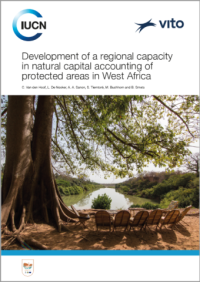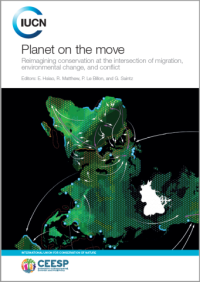Reforesting for the climate of tomorrow
In Indonesia, Kutai National Park is home to what is likely to be East Kalimantan’s largest population of the Critically Endangered eastern subspecies of the Bornean Orangutan, Pongo pygmaeus morio. It also hosts an astounding diversity of other species. Yet East Kalimantan faces many challenges in maintaining and protecting biodiversity from threats, including climate change. Forest restoration, also referred to as reforestation, presents a valuable opportunity to restore biodiversity and function to degraded areas that were once forested. Reforestation initiatives are being carried out in Kutai National Park, but there is a clear and pressing need to update Kutai National Park’s existing restoration practices to ensure forest integrity, provide opportunities for threatened species, and guide consideration of how to build climate change resilience. By doing so, the forests that orangutans need to survive into the future are more likely to persist. We examine restoration case studies, remind readers of restoration best practice, and present sets of tree species from a set of ~250 considered in the analysis that are likely to be suited to various restoration targets for Kutai National Park, e.g. with a focus on habitat restoration for orangutan; or a focus on conservation of rare and useful species. The intended audiences of this work include: orangutan researchers, government, mining companies, nurseries and other companies that are seeking guidance on habitat restoration for climate change resilience in East Kalimantan, as well as those wishing to support biodiversity conservation and/or restoration in the region.



